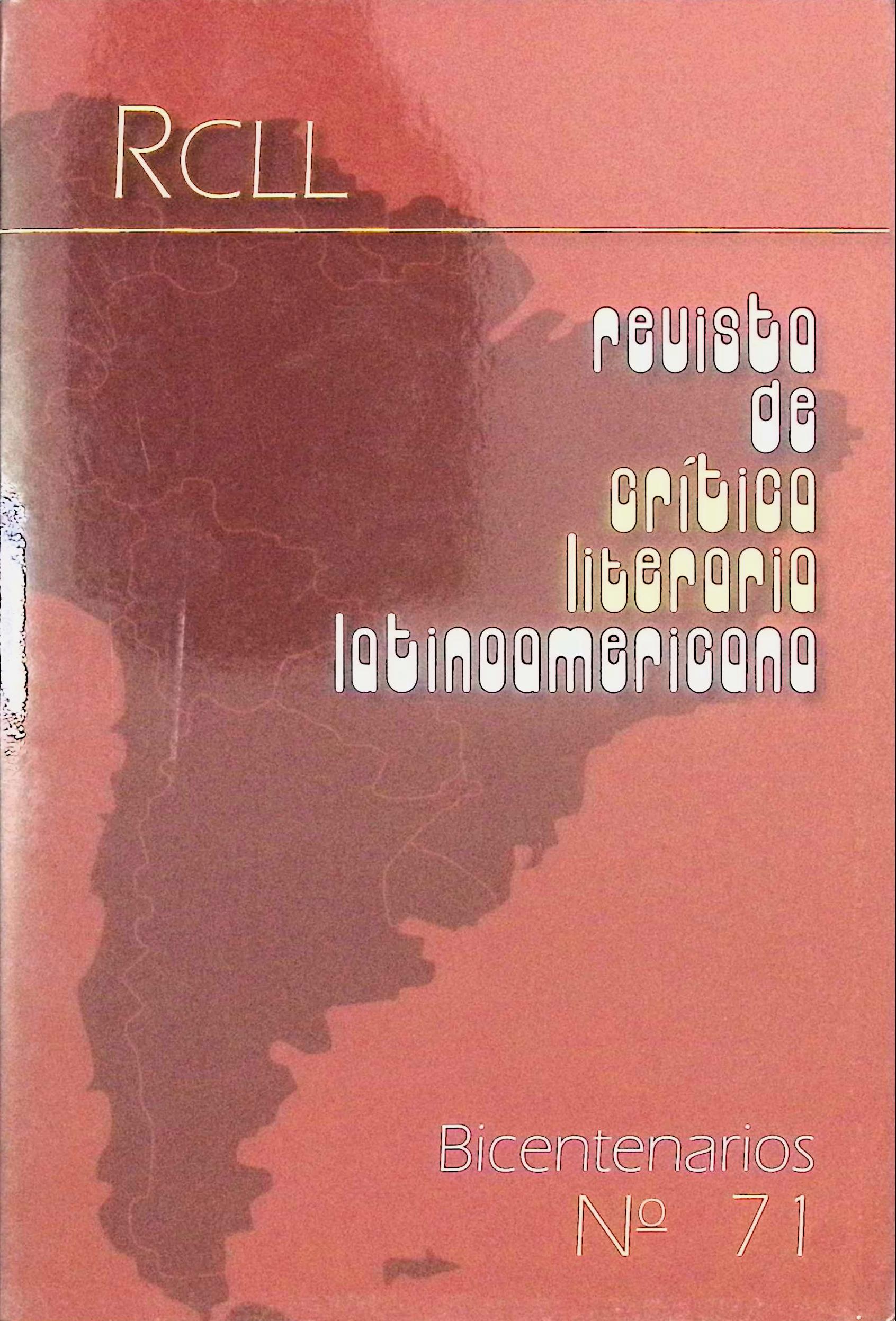La broma de Raúl: objeto, mercancía y estética en Tajos de Rafael Courtoisie
Keywords:
Rafael Courtoisie, Uruguayan literature, Aesthetics, Commodity, Supermarket, Society of consumption, Value, ViolenceAbstract
This article analyses the novel Tajos (1999) by Uruguayan writer Rafael Courtoisie. It argues that the figure of the "cut" (tajo) presents a reflection about the effectiveness of works of art over the system of meaning. The "cut" shows the specific mobilization that the artwork exerts over a certain indistinction between the aesthetic of the market and art aesthetics. The novel shows how in the context of a hyper-commoditized society—represented here by the supermarket as a space of meaning - the artwork has to transform the status of the object each time, both as something to be used and something to be exchanged. In addition, the text addresses the effect of this transformation of the space of meaning, using Jacques Rancière's notions of "distribution of the sensible" and "suspensive existence." Finally, the essay critically addresses some concepts from traditional and Marxist aesthetics about the problem of aesthetic and extra-aesthetic values.





